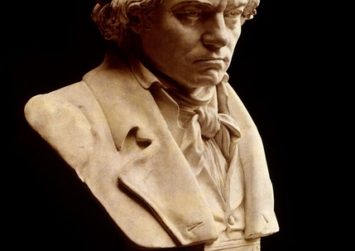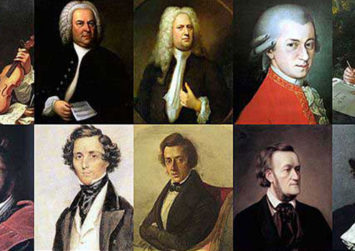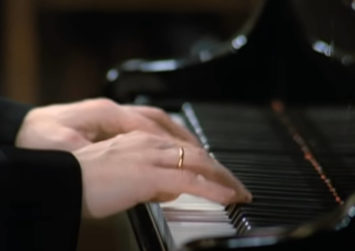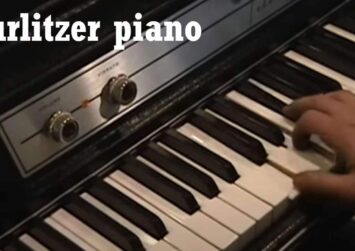Franz Liszt – Mazeppa (Transcendental Étude No. 4)
Updated:
Franz Liszt’s piano study “Mazeppa” is a virtuosic piece that showcases the technical capabilities of the pianist. The piece is based on a poem by Victor Hugo, which tells the story of a Ukrainian Cossack named Mazeppa who is tied to a wild horse and left to die in the wilderness.
The piece opens with a fast and furious introduction that sets the tone for the rest of the piece. The main theme is then introduced, which is a fast and intricate melody that is played with great speed and accuracy. Liszt uses a variety of techniques to create a sense of urgency and drama, including rapid arpeggios, octave passages, and tremolos.
You can enjoy below the incredible performance of pianist Miroslav Kultyshev. He performs the piece with great virtuosity and incredible perfection:
Liszt – Mazeppa (Transcendental Étude No. 4)
Keep following the analysis of “Mazeppa”
Throughout the piece, Liszt employs a wide range of dynamics, from quiet and delicate passages to loud and forceful sections. He also makes use of a variety of textures, including thick chords, rapid runs, and intricate counterpoint.
One of the most striking features of “Mazeppa” is the way in which Liszt uses the piano to create the sounds of galloping horses. This is achieved through the use of repeated notes and rapid arpeggios, which create a sense of motion and speed.
Overall, “Mazeppa” is a challenging and impressive piece that requires great technical skill and musicality to perform successfully. It is a testament to Liszt’s ability to push the boundaries of piano music and create works that are both technically demanding and musically expressive.










